How India is Strengthening Digital Accessibility Through Legal Mandates
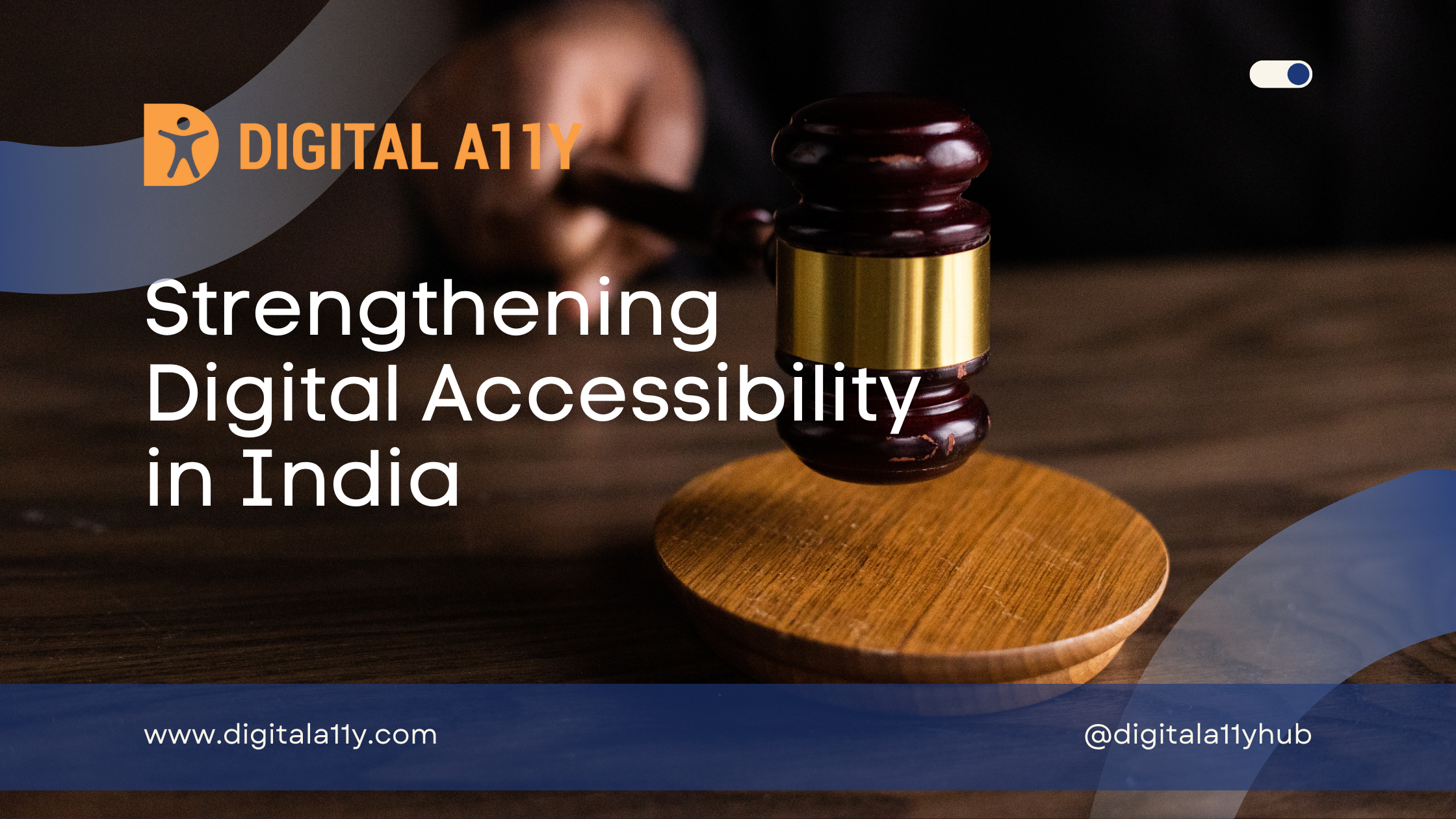
Understanding the Digital Accessibility Landscape in India
According to the 2011 Census (yes, it was conducted that long ago), about 26.8 million people, or 2.21% of the Indian population, are estimated to be disabled. These disabilities range from mental illnesses to physical, intellectual, and sensory impairments. Despite such a significant portion of the population requiring accessible digital spaces, India has historically lacked strong enforcement of digital accessibility standards
The Supreme Court’s Landmark Judgment on Accessibility
A major turning point in India’s digital accessibility journey occurred on November 8, 2024, when the Supreme Court of India ordered the Union government to establish mandatory accessibility standards for persons with disabilities (PwDs). The bench, led by Chief Justice D.Y. Chandrachud, along with Justices J.B. Pardiwala and Manoj Misra, reaffirmed that accessibility is a fundamental right under the Constitution of India.
This judgment stemmed from a petition filed by Rajive Raturi, a visually impaired human rights activist. The Court directed the government to ensure accessibility in public spaces, digital platforms, and essential services.
The Rights of Persons with Disabilities (RPwD) Act, 2016—and Its Shortcomings
India was not without legal provisions for accessibility before this ruling. The Rights of Persons with Disabilities (RPwD) Act, 2016, was enacted to empower people with disabilities and uphold their right to dignity, equality, and non-discrimination. However, the 2017 accessibility rules under this Act were self-regulatory rather than mandatory, resulting in inconsistent implementation across sectors. The Supreme Court recognized this gap and ordered the Union government to establish uniform, mandatory accessibility standards within three months.
One of the biggest challenges has been lack of awareness among stakeholders. Many employers, educators, healthcare providers, and policymakers remain unaware of their obligations under the RPwD Act, leading to widespread non-compliance.
The Court acknowledged that this inconsistent implementation created significant barriers for PwDs, limiting their participation in the digital world. The directive to develop “standard essential regulations” under the RPwD Act signaled a shift from voluntary compliance to a mandatory, enforceable framework.
What’s Happening Now?
Following the Supreme Court’s judgment, the Chief Commissioner for Persons with Disabilities (CCPD) took action against non-compliant establishments. The CCPD imposed a ₹10,000 penalty on 155 establishments for failing to meet digital accessibility standards. These include major government ministries, departments, and private organizations.
Shockingly, only six establishments have successfully submitted their accessibility audit reports.
Despite receiving multiple extensions, with the final deadline set for February 28, 2025, the majority of organizations have failed to comply. The Department of Empowerment of Persons with Disabilities (DEPwD) empaneled a list of accessibility auditors in January 2025 to assist organizations, yet compliance remains alarmingly low.
Our Experience as an Empaneled Accessibility Auditing Firm
As an accessibility auditing firm, DigitalA11Y, we witnessed firsthand the challenges of implementing these mandates.
- Lack of Awareness: Many organizations mistakenly believed an accessibility audit was a two-day job, underestimating the depth of necessary changes.
- Inaccessible Government Portals: Ironically, while India mandates digital accessibility, government procurement platforms like GeM remain inaccessible.
- Budget Constraints: Accessibility is often dismissed as “too expensive,” despite the extensive effort required.
- Superficial Compliance: Many treat accessibility as a checkbox exercise rather than a true commitment to inclusivity.
- Unfair Payment Terms: Small businesses, like ours, have zero control over payment timelines. Government payments may take months, straining financial stability.
The Problem with Implementation
While the Supreme Court’s ruling was historic, implementation remains a challenge. The February 28, 2025, deadline is fast approaching, yet few organizations have made meaningful progress. Instead of phasing the work, organizations flooded auditors with requests close to the deadline, accessibility auditors struggled to register on government procurement portals due to their own accessibility barriers and the insistence on physical document submissions slows down processes unnecessarily.
Pros and Cons of India’s Digital Accessibility Push
Pros:
- ✅ Judicial Support: The Supreme Court recognizes accessibility as a fundamental right.
- ✅ Legal Consequences: Organizations now face penalties for non-compliance.
- ✅ Growing Awareness: More businesses are seeking accessibility audits.
- ✅ Empaneled Auditors: A structured framework for compliance assessment now exists.
Cons:
- ❌ Lack of Awareness: Many still do not understand what digital accessibility truly means.
- ❌ Poor Implementation Strategies: Deadlines are unrealistic given bureaucratic delays.
- ❌ Insufficient Budgets: Accessibility remains underfunded.
- ❌ Delayed Payments: Small firms struggle financially due to slow government payments.
- ❌ Inaccessible Compliance Processes: Even government portals meant to ensure compliance are not accessible.
Conclusion: Where Do We Go from Here?
India has taken a significant step forward with its Supreme Court ruling on digital accessibility. However, true progress depends on effective implementation. To achieve a digitally inclusive India, a multi-pronged approach is essential:..
- Educate stakeholders through awareness campaigns and training.
- Ensure government platforms meet accessibility standards.
- Allocate sufficient funding and ensure fair auditor compensation.
- Remove bureaucratic barriers for efficient compliance.
- Distribute projects fairly among qualified auditors.
- Conduct regular audits and involve PwDs in testing.
Accessibility should not be a mere checklist item—it must become a core principle in India’s digital future. While the Supreme Court’s ruling is a game-changer, real transformation lies in execution.
India’s journey toward digital accessibility is ongoing. Legal mandates are crucial, but a true commitment to inclusivity requires a mindset shift. By addressing current challenges and adopting a holistic approach, India can create a truly accessible and inclusive digital ecosystem for all its citizens.
Related Reads and Sources
- Acts, Rules & Regulations by the Department of Empowerment of Persons with Disabilities
- Supreme Court Directs Centre to Establish Mandatory Accessibility Standards for Disabled Persons
- 155 Government Establishments in India Fined for Failing to Meet Digital Accessibility Standards
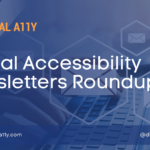
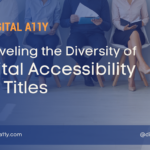



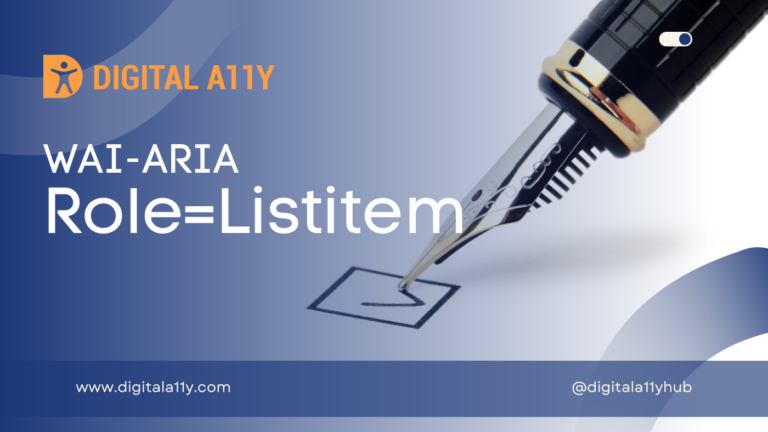
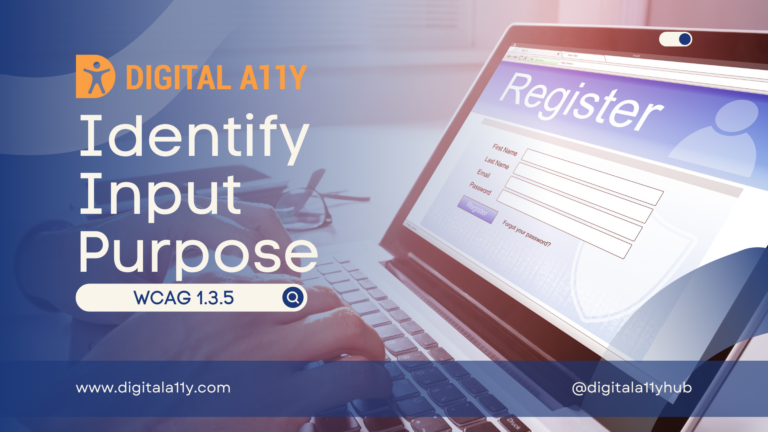

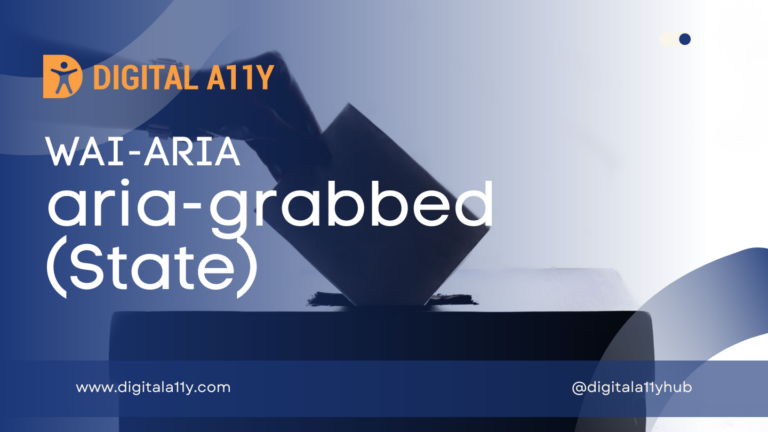
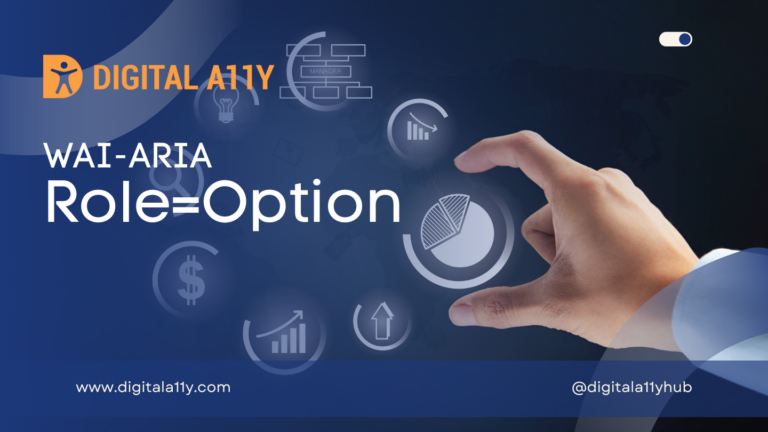
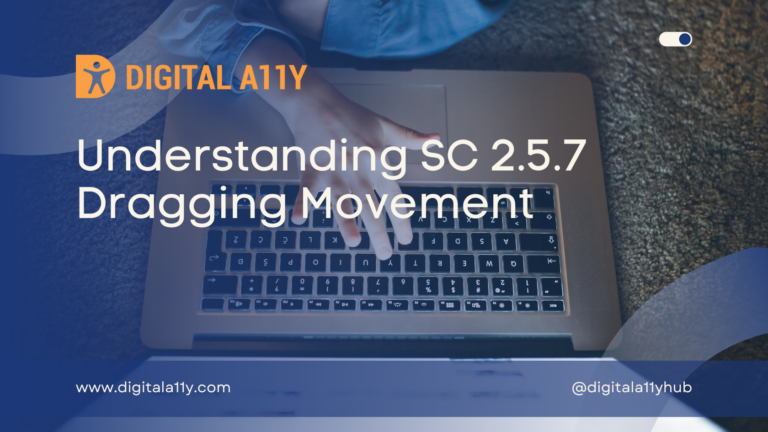
Very well documented. I didn’t knew that accessibility is so hard to access.
As mentioned earlier, awareness plays a vital role in which we are lagging big time.
Thank you for your kind words! Yes, accessibility can be challenging to implement, but the real issue is often a lack of awareness and prioritization. With better education and proactive efforts, we can bridge this gap and make digital spaces more inclusive for everyone. Awareness is the first step, and conversations like these help drive change! 😊